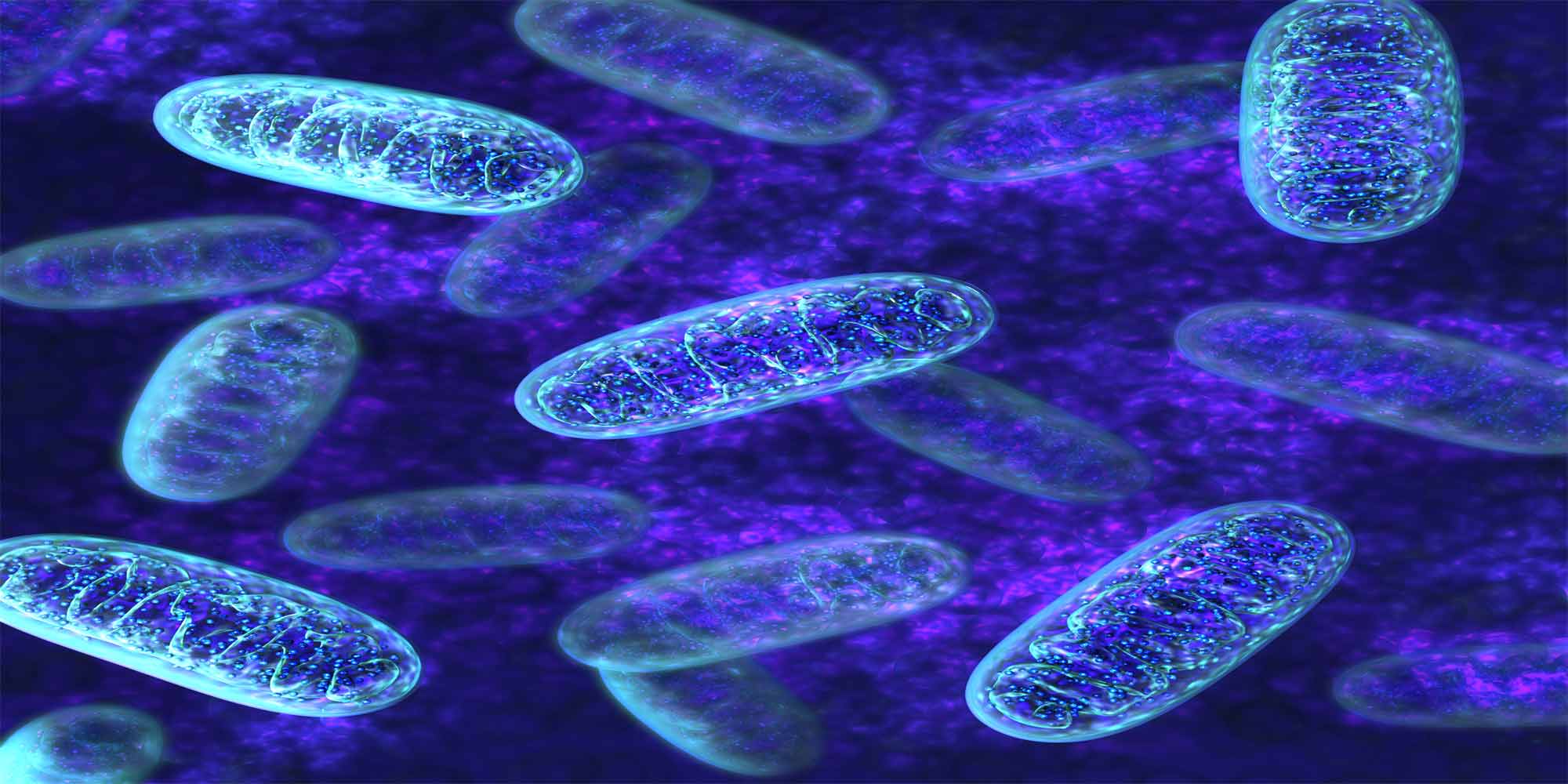14 April 2019
Until recently, ‘MPV17-related mitochondrial DNA maintenance defect’ had been identified in just 75 people worldwide. The condition disrupts the functioning of cellular energy producers known as mitochondria, leading to catastrophic dysfunction of the brain, liver and nervous system. Now, a team of geneticists, pediatricians, and developmental biologists, led by Lee-Jun Wong of the Baylor College of Medicine in Texas, has combed medical databases to find new incidences of the disease. The team also collated and reviewed the medical understanding of this extremely rare and debilitating disorder.
The vast majority of human genetic material is contained within the nuclei of cells; but a small amount of protein-encoding DNA is found in mitochondria. While containing just 37 genes, mitochondrial DNA is critical to the maintenance of normal physiology, and its production is maintained, in part, by MPV17. This protein is believed to form transmembrane channels for small molecules, allowing the building blocks of DNA to be transported into the interior of a mitochondrion.
Through searches of the Baylor Genetics Laboratory databases, Wong and his team were able to find 25 cases of MPV17-related mitochondrial DNA maintenance defect yet to be reported in medical literature, in addition to the 75 patients already known. These new patients also had nine previously undocumented pathogenic changes in the MPV17 gene, preventing its proper function.
Looking at all 100 patients, the researchers found a bleak pattern of symptoms: the vast majority suffered severe, early-onset disease of the brain, nervous system and liver, with 87 progressing to liver failure by early childhood. Other hallmark symptoms included developmental delay, lack of muscle development, and a general failure to thrive. Of the patients with the disease, 75 have died, most in early childhood. There is no cure, and the management of the disease is largely focused on symptomatic relief and assessments of the patients’ affected organs. 17 patients have undergone liver transplants; however, results were largely unsatisfactory, with more than half dying from post-operative complications.
It remains to be seen just why MPV17 dysfunction particularly ravages the liver, brain and nervous system. In healthy individuals, these tissues contain high levels of the protein, suggesting a particular role in these organs. In their recently published Human Mutation paper, the researchers note that cells taken from MPV17-deficient patients could be rescued with supplemental DNA components, offering a potential avenue for further clinical exploration.
References
El-Hattab, A. W., Wang, J., Dai, H., Almannai, M., Staufner, C. et al. MPV17-related mitochondrial DNA maintenance defect: New cases and review of clinical, biochemical, and molecular aspects. Human Mutation (2018). | article



